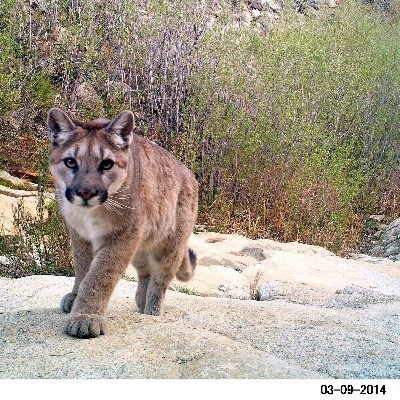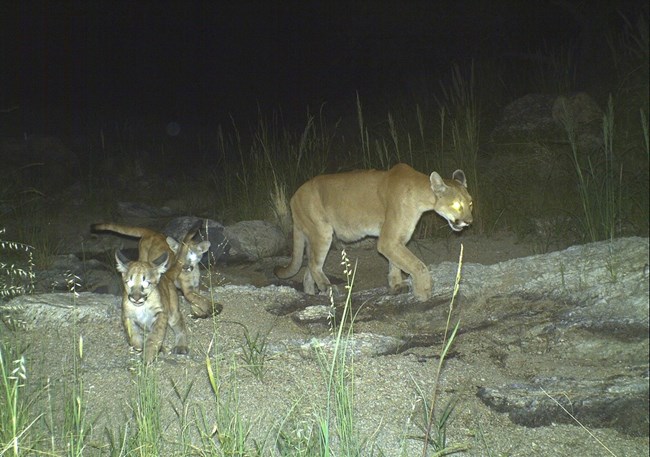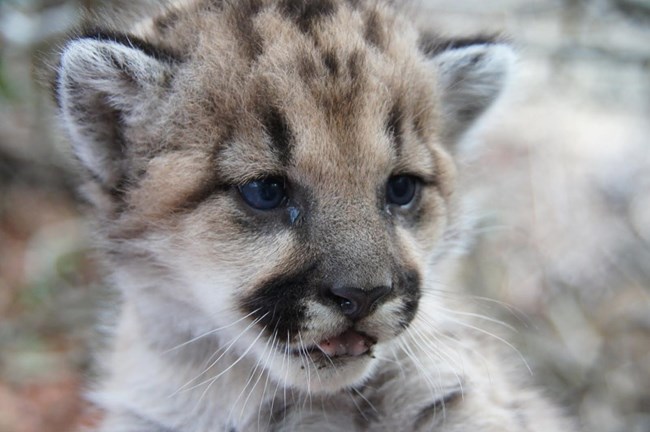
NPS Photo 
NPS Photo Mountain Lion

NPS Photo Size and Description
Behavior

NPS Photo
Interactions with other animals
|
Last updated: January 30, 2024

NPS Photo 
NPS Photo Mountain Lion

NPS Photo Size and Description
Behavior

NPS Photo
Interactions with other animals
|
Last updated: January 30, 2024